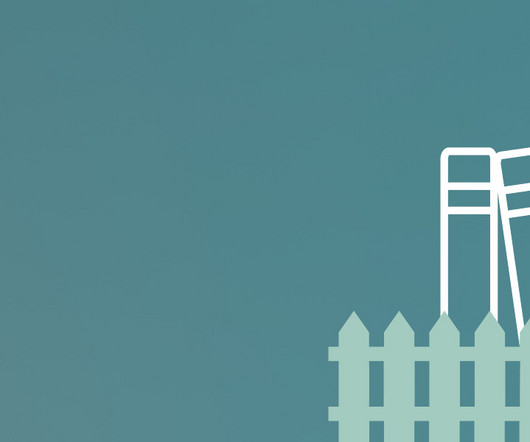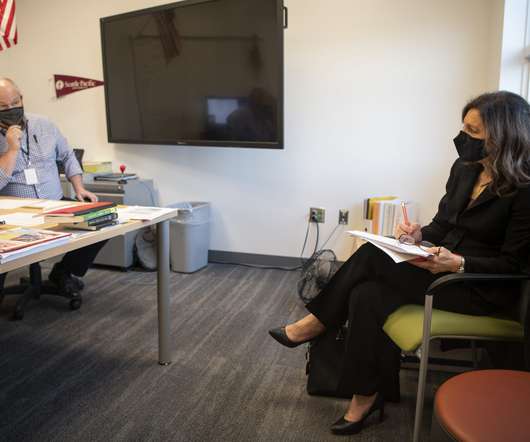Good analysis of higher ed trends and strategy: Jon McGee’s _Breakpoint_
Bryan Alexander
APRIL 18, 2016
Jon McGee’s Breakpoint (2015, Johns Hopkins) offers a very solid, useful, and accessible analysis of current trends in higher education. million in fall 2009, a gain of 43 percent.” post-secondary education needs closer connections to K-12, especially given demographic and economic changes (126-8). ” (!) (13).















Let's personalize your content